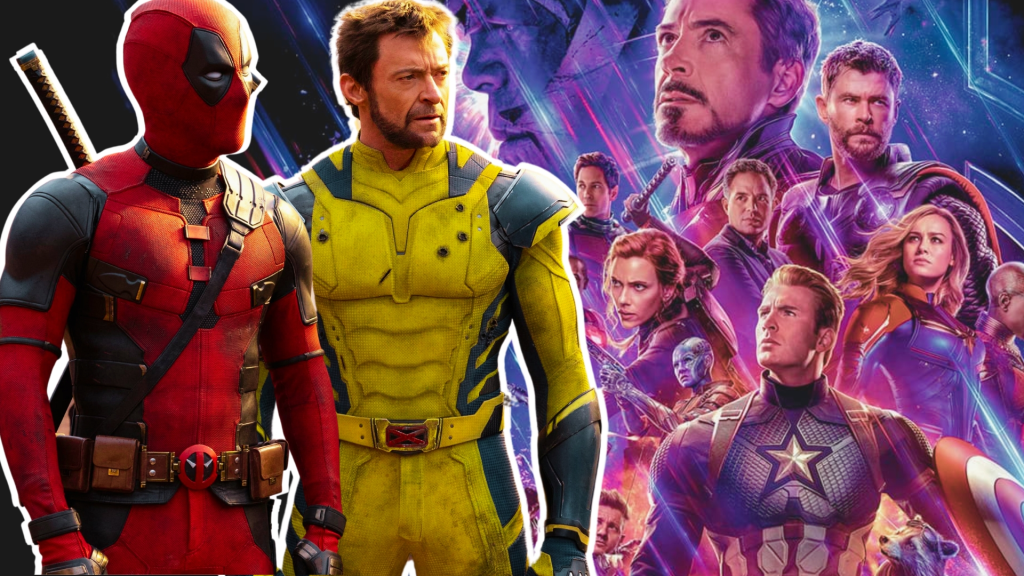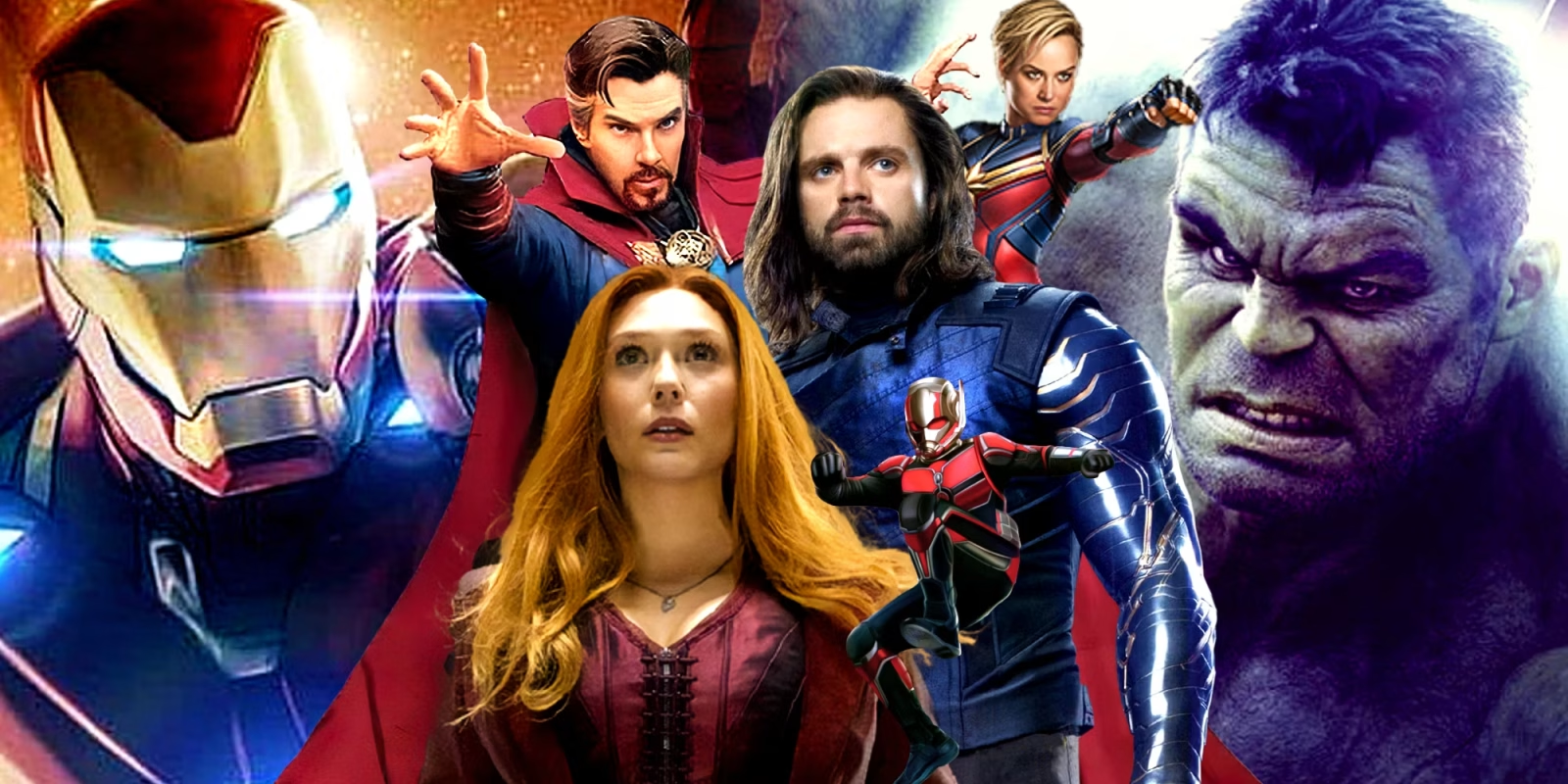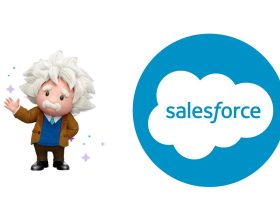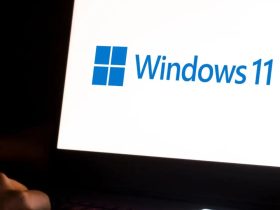What is the Marvel Cinematic Universe without heroes like Iron Man, Captain America, and Black Widow? It appears a bit adrift.
It’s only been four years since “Avengers: Endgame” neatly wrapped up a decade of interconnected blockbuster storytelling. Since then, Marvel has released 10 more films in theaters and nearly a dozen streaming series, all designed to pave the way for the next phase of the MCU.
However, for both die-hard and casual fans, the post-“Endgame” era has been marked by inconsistency and uncertainty, which has impacted box office performance.
Over the weekend, “The Marvels” recorded the worst opening of any MCU film, prompting industry observers and audiences alike to question how Disney plans to save its superhero empire.
Disney is aware of the issue. CEO Bob Iger suggested as early as March that the company might need to reduce the number of sequels Marvel produces, instead focusing on introducing new characters and stories. More recently, he emphasized that Disney would prioritize quality over quantity.
“When the pandemic hit, we were leaning into a significant increase in production,” Iger said during Disney’s earnings call last week, just days before “The Marvels” was released.
“I’ve always believed that too much can negatively affect quality, and I think that’s exactly what happened. We lost some focus.”
Disney will also need to figure out how to maximize the potential of popular characters like the X-Men, Deadpool, and the Fantastic Four, who are set to join the MCU after years of anticipation.
Additionally, the company may need to rethink its marketing strategies as the generation that originally propelled the franchise to box office dominance ages and starts families of their own.
Despite these challenges, box office analysts aren’t ready to give up on the MCU, which has consistently outperformed its rival, DC, owned by Warner Bros. Discovery.
Under the guidance of producer and executive Kevin Feige, the Marvel franchise has bounced back from a series of lackluster films in the past and has a vast reservoir of stories and characters to draw from.
Its box office track record is unmatched. In just 15 years, the franchise has released 33 films, generating nearly $30 billion in global box office revenue.
Additionally, Marvel-themed lands in Disneyland California and Shanghai, as well as strong retail sales, contribute to its continued success.
“A less-is-more approach is exactly what the MCU needs, especially with the longer gaps between films over the next few years,” said Paul Dergarabedian, senior media analyst at Comscore.
“With a renewed corporate focus on quality over quantity, fans should be genuinely excited for what’s next from this brand that has delivered so many memorable moviegoing experiences over the years.”
Part of Disney’s post-“Endgame” strategy was to bring its larger-than-life heroes to the small screen. The Covid pandemic, which kept millions of people at home with their TVs and ample free time, fueled this production boom.
Disney filled its fledgling streaming service with shows featuring characters like Sam Wilson (Falcon) as the next Captain America, fan-favorite Loki, and introduced new heroes like She-Hulk, Moon Knight, and Ms. Marvel.
The promise was that events in these shows would eventually tie back into the larger MCU films. In reality, for many viewers, the sheer volume of content started to feel more like homework than entertainment.
“The problem is that they’ve created a wonderful entity, but now they’re unsure how to sustain it,” said Robert Thompson, a pop culture expert and professor at Syracuse University.
To fully understand “The Marvels,” for example, audiences need to be caught up on most of the MCU’s 33 movies, as well as Disney+ series like “Secret Invasion,” “Ms. Marvel,” and “Wandavision.” Just catching up on these three limited series would take nearly 15 hours.
“A brilliantly conceived but often confusing connectivity of characters, situations, and universes on both big and small screens has diluted the appeal of some MCU films,” said Dergarabedian.
The post-“Endgame” content has also suffered from inconsistent quality.

This year’s “Guardians of the Galaxy Vol. 3” received an 82% score on Rotten Tomatoes, while “Ant-Man 3” managed only 46%. “Black Panther: Wakanda Forever” achieved 89%, but “Thor: Love and Thunder” only reached 63%. On the streaming side, “Secret Invasion” earned just 53%, while “Ms. Marvel” hit 98%.
This uneven track record is a significant factor in why “The Marvels” likely had a disappointing opening weekend, according to box office analysts.
Fans, especially post-pandemic, are less inclined to go to the cinema if they have doubts about a film’s quality. Poor initial reviews can deter even the most devoted MCU fans from seeing a movie during its opening weekend.
Moreover, Marvel still relies heavily on “Endgame” to market new films. The final trailer for “The Marvels,” released just before the film’s debut, featured numerous shots and sound clips of characters like Tony Stark and Steve Rogers, who are no longer part of the franchise.
“It felt like the marketing team was on autopilot,” said Robbins. “Were they trying to evoke nostalgia for the original Avengers team? Or remind audiences that they need to catch up on a few Disney+ series? The messaging was mixed.”
Marvel executives may have a grand vision, but the clear narrative threads that connected the Infinity Saga, culminating in “Endgame,” aren’t as evident in the new Multiverse Saga.
The villainous Kang, portrayed by Jonathan Majors, has yet to emerge as the central antagonist. (Majors is also facing legal issues related to assault allegations, which he denies.)
“Everyone knew the Infinity Saga would take time,” said Shawn Robbins, chief analyst at BoxOffice.com. “Marvel earned its audience during that buildup by staying true to character-driven storylines that interconnected to form a larger narrative.”
The first 23 MCU films revolved around the Infinity Stones, six powerful objects connected to different aspects of the universe.
The overarching villain, Thanos (Josh Brolin), sought to collect all six stones to instantly wipe out half of all living beings. “Avengers: Infinity War” and “Avengers: Endgame” brought this story to a close.
Following “Endgame,” Marvel’s films and TV shows have focused on themes of grief, loss, and moving forward in a world without Captain America (Chris Evans), Iron Man (Robert Downey Jr.), and Black Widow (Scarlett Johansson).
Interwoven within these narratives is the concept of infinite parallel universes and the possibility of these realities intersecting.
Shows and movies like “Wandavision,” “Spider-Man: No Way Home” (produced with Sony), “Loki,” “Doctor Strange in the Multiverse of Madness,” and “The Marvels” have all touched on or directly explored the multiverse. Yet, none of these have served as a definitive catalyst for a larger event within the franchise.
Disney will need to consider this as it introduces more characters into the MCU in the coming years. Classic superhero teams like the X-Men and Fantastic Four are expected to join the fray.
Disney is set to release “Deadpool 3,” featuring Hugh Jackman reprising his role as Wolverine, in July. “Fantastic Four” is slated for release in May 2025.
In Hollywood, the MCU is still relatively new compared to franchises like Star Wars and James Bond. It’s just 15 years old. This means that the moviegoers who filled theaters in 2008 now have more mature tastes. Additionally, today’s younger audiences may not have the same connection to the MCU.
“The majority of audiences were over 25,” said Robbins, referring to the opening week demographics for “The Marvels.” “This suggests that younger audiences and parents are becoming more selective with Marvel content.
That’s a concern because Marvel needs that younger demographic to ensure the franchise’s long-term success, similar to how Star Wars has endured for decades.”
Unlike Star Wars, however, Marvel hasn’t had a significant break between films, even with pandemic-related delays. There hasn’t been time for the franchise to accumulate nostalgia or for one generation to pass it down to the next.
This is why Marvel’s introduction of younger and more diverse characters has become crucial. Characters like America Chavez, Kate Bishop, Kamala Khan, Cassie Lang, Skaar, and Riri Williams, who were introduced in recent shows and movies, are all potential members of a Young Avengers team, hinted at in a post-credit scene of “The Marvels.”
Disney also needs to be more strategic in how it markets its films, especially those centered on female protagonists like “The Marvels” star Brie Larson.
“They didn’t effectively target women,” Robbins said of Disney’s marketing for “The Marvels.” “This should have been their most female-driven film to date, appealing to a wide range of ages. Instead, it ended up attracting a higher percentage of male viewers than the first ‘Captain Marvel,’ which is surprising.”
The success of Warner Bros.’ “Barbie,” the highest-grossing film of the year, shows that audiences will turn out for stories featuring women. The first “Captain Marvel” surpassed $1 billion globally in 2019.







Leave a Reply